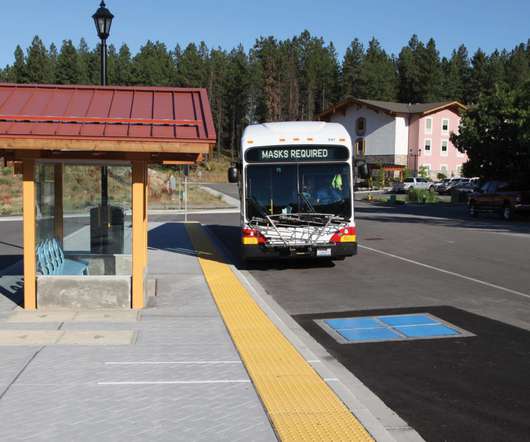California ARB receives VW’s 1st $200M, 30-month ZEV investment plan
Green Car Congress
MARCH 15, 2017
diesel vehicles with defeat devices. diesel cars. In addition, other use cases/technologies are also under consideration including destination charging at California state parks to increase access to L2s, and, for higher power DC charging applications, targeted battery storage to manage peak demand, ease grid loads, etc.












Let's personalize your content